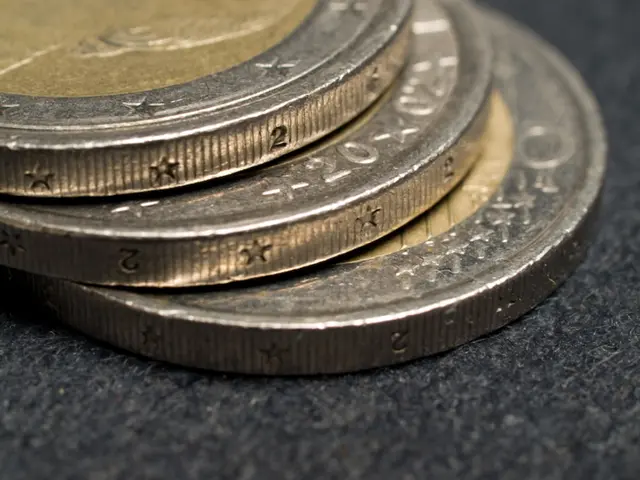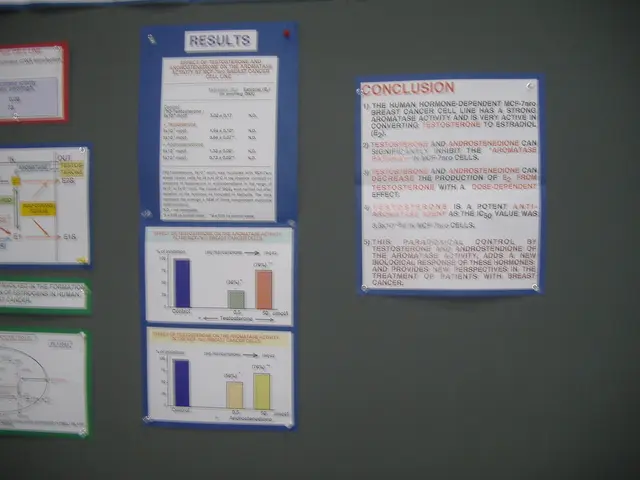U.S. agrees to foot the bill, retaining limited control over TikTok's operations under China's supervision
The social media giant TikTok has agreed to a framework deal that will see its American division spun off into a new company, with the majority ownership going to US investors. The deal, which is expected to be completed by the end of November, is a significant step towards addressing the concerns of American authorities over data privacy and national security.
Under the terms of the agreement, 80% of the new company will be owned by US investors, while Chinese shareholders will retain a 20% stake. The American TikTok division will be managed by a new company led by Oracle, which will handle hosting and data security oversight. User data will be stored exclusively in the US to alleviate concerns over data privacy.
The investment committee, CFIUS, must review the deal, and the procedures are strict and take months. The deal's completion by the end of November means that technical migration to the new system will be completed by December.
The Federal Trade Commission has had TikTok in its sights for years after the company repeatedly ignored orders, and in 2023, it had to pay a fine for illegal data collection on minors. The sale is a response to these concerns, as well as the potential national security risks posed by the Chinese parent company, ByteDance.
However, the deal is not without controversy. Civil rights organizations like the ACLU are preparing lawsuits over the TikTok deal, citing concerns over data privacy and the potential for foreign influence. ByteDance is also considering legal steps, such as arguing before the World Trade Organization that the US is improperly interfering with property rights.
There is resistance to the deal in Congress from both Democrats and Republicans, who demand a clear-cut separation and are concerned about national security interests. The deal contradicts PAFACA's demand for a complete separation from ByteDance, as the TikTok recommendation algorithm remains under Chinese control with an adapted license.
The agreement also includes facilitating market access in both countries, with fewer bureaucratic hurdles for US companies in China and reduced investment barriers for Chinese companies in the US in the future. This aspect of the deal is expected to benefit companies like Nvidia, as export controls for certain processors have been relaxed in the USA.
Peking has also allowed more exports of rare earths, which are indispensable for the US technology industry. The sale price for the new company is between $40 and $60 billion. However, the WTO is largely paralyzed due to the blockade policy of the Trump administration, potentially complicating ByteDance's legal efforts.
Millions of American user datasets remain in Chinese possession, conflicting with the CLOUD Act, which excludes foreign access to US data. This issue, along with the continued Chinese control of the TikTok recommendation algorithm, raises questions about the effectiveness of the deal in addressing the concerns of American authorities.
In conclusion, the TikTok sale framework agreement is a significant step towards addressing the concerns of American authorities over data privacy and national security. However, the deal is not without controversy, and its success is uncertain due to potential compatibility issues with PAFACA and resistance in Congress. The deal also raises questions about the effectiveness of the agreement in addressing the concerns of American authorities, as millions of user datasets remain in Chinese possession and the TikTok recommendation algorithm remains under Chinese control.
Read also:
- MRI Scans in Epilepsy Diagnosis: Function and Revealed Findings
- Hematology specialist and anemia treatment: The role of a hematologist in managing anemia conditions
- Enhancing the framework or setup for efficient operation and growth
- Hydroelectric Power Generation Industry Forecasted to Expand to USD 413.3 Billion by 2034, Projected Growth Rate of 5.8% Compound Annual Growth Rate (CAGR)







